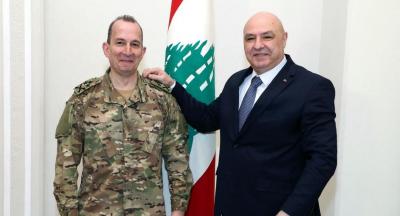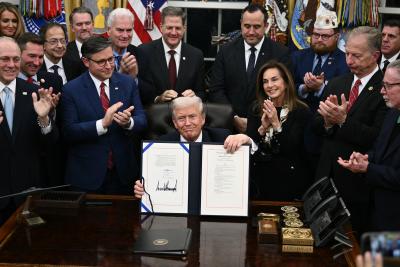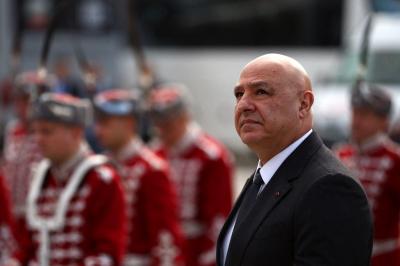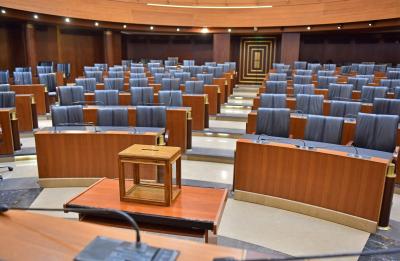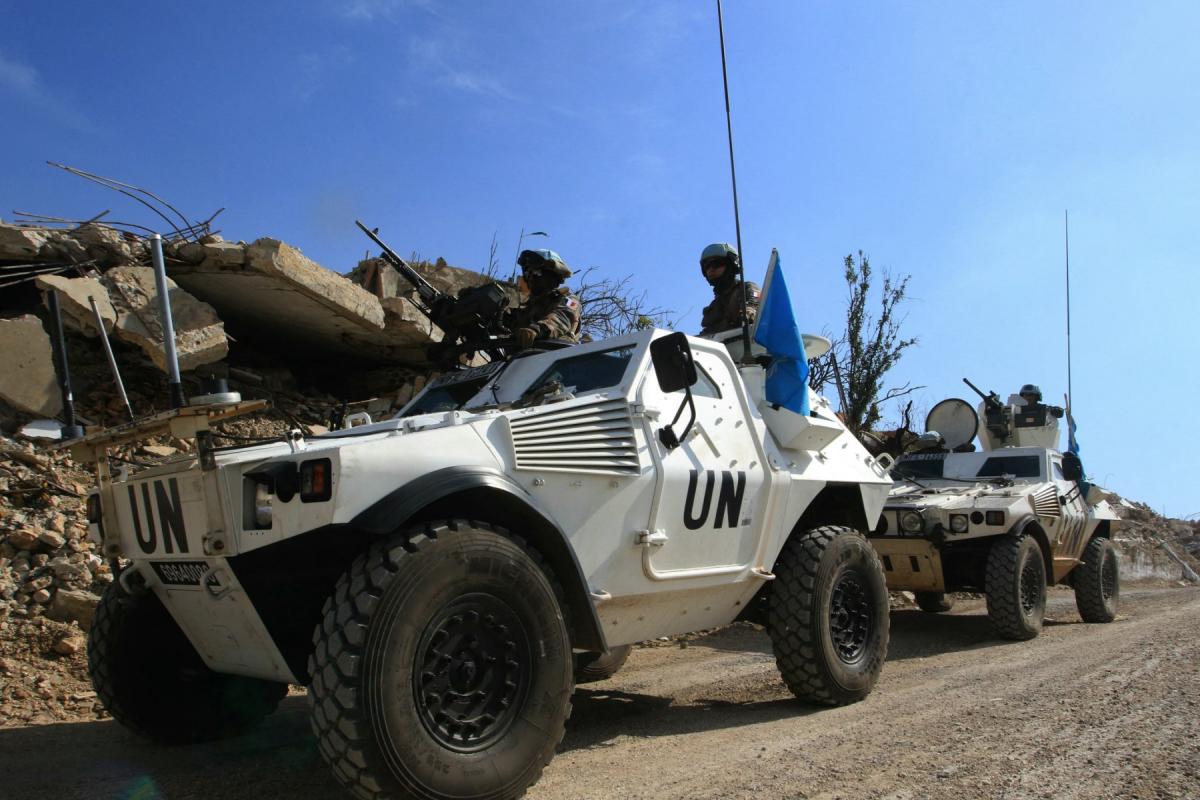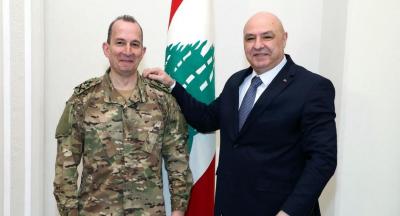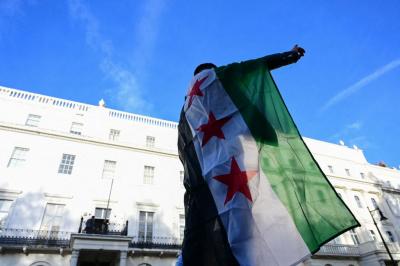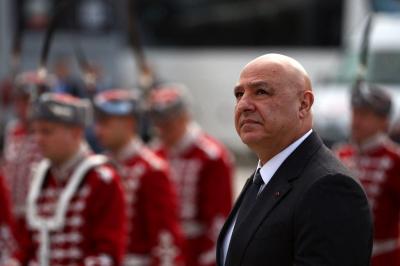Once again, maps are being placed on the table. And with the stroke of a pen, borders can be shifted, countries divided or redrawn, and new nations brought into existence. But the most important question remains: who holds the pen?
The danger today is that Lebanon’s map might be one of those being reconsidered—its borders redrawn, likely narrower than they are now. The cartographers in this new geopolitical game are the major players in the Middle East, while Lebanon, fragmented from within, is absent from the table. Its government, paralyzed by internal divisions, is not even invited.
Internally fractured, Lebanon may soon appear on maps as a country already divided along sectarian fault lines. History, after all, is driven by power. Since the 1648 Treaty of Westphalia established the concept of the nation-state, power has been pursued through expansion—often shaped by ethnic, religious, and sectarian distributions. Israel, more than any other state in the region, has embraced these ideas. Its experience shows that while it may speak of peace, it continues to seek “elastic borders” it can stretch whenever regional instability offers an excuse or a justification under the guise of security.
Recent remarks by global and regional leaders only heighten these concerns. During his presidential campaign, Donald Trump lamented that Israel was “too small” and should be expanded—he even mused about annexing Greenland and Canada to the U.S. Meanwhile, Nabih Berri, speaker of Lebanon’s parliament since 1993, speculated in 2011 that Syria’s civil war could end with the Golan Heights handed to Israel and Suweida split off—hinting at a future where Lebanon itself could be divided if the Syrian “revolution” succeeded.
Then there’s “Hezbollah’s” late leader Hassan Nasrallah, who warned that Syria’s fall would mark the beginning of the Middle East’s disintegration. Add to that the more recent, troubling remarks from U.S. envoy Tom Barrack, who referenced “Greater Syria,” and a pattern emerges: Lebanon’s current form—established in 1920—is under existential threat. And the risk isn’t expansion, but shrinking.
These declarations aren’t random—they’re a prelude. Words prepare minds. They normalize the abnormal. So why wouldn’t we worry about Tripoli being absorbed into Syria? Or Mount Hermon and Suweida annexed by Israel? Or southern Lebanon folded into the “Greater Galilee”? These may seem like blatant violations of Lebanese sovereignty—but let’s be honest: that sovereignty has already been betrayed from within by its supposed guardians, who bent to the will of their collapsing foreign patrons.
Even without conspiracy, Lebanon’s political system is inherently self-destructive. Though Tom Barrack later attempted to walk back his statements—blaming poor wording—the damage had already been done. The bitterness and fear linger.
This context opens the door to three potential paths:
1. The Misstep Theory:
Perhaps Barrack’s initial remarks were clumsy—a diplomatic blunder revealing closed-door pessimism about Lebanon’s future. He, after all, is of Lebanese descent. Many hoped he would revise his stance quickly—and he eventually did. But paired with the blunt candor of his predecessor, Morgan Ortagus, Lebanese citizens are left to wonder: What exactly does the United States want for Lebanon?
2. The Strategic Reconfiguration Theory:
This path sees a deliberate plan unfolding—one designed by geopolitical strategists examining the ethnic and sectarian fractures of the Levant. The idea is to redraw borders in a way that better aligns with today’s demographic realities, all in the name of global and, specifically, Israeli security. In this vision, Israel absorbs Mount Hermon and South Lebanon, including the Litani River. Syria regains the Ottoman-era province of Tripoli, expanding its coastline. The Christian and Druze communities—foundational to Greater Lebanon—retreat into a shrunken Lebanese core. The Druze may even be drawn toward an alliance with Israel and Suweida’s Druze. But what could be the gravest consequence of this nightmare scenario? The Shiite community loses its historic geographic heartlands in both the South and in the northern region of Hermel.
3. The War Path:
This scenario envisions a staged conflict among Lebanon’s main sects—producing three zones of security favorable to Israel. The first already exists: the border zone where Israel still bars residents from returning. The second would extend from that border to the Litani River—kept in constant turmoil. The third would span the rest of Lebanon, north of the Litani, left vulnerable to Israel’s preemptive strikes at will. The recent turmoil in Suweida underscored how fragile Lebanon’s internal coalitions really are. Except Christians advocating for neutrality, the remaining factions were swiftly pulled into the fray—only stepping back when wiser leaders intervened.
Despite these looming threats, the Lebanese state behaves as anything but “Great Lebanon.” It continues to waste precious time, shackled by its own internal divisions. If Lebanon wishes to survive in its current form, its fragmented components must unite. The hijacked faction must rejoin the national consensus so the state can regain its authority and speak to the world with one voice. Only then might Lebanon rejoin the mapmakers—not as a canvas to be redrawn, but as a sovereign participant asserting its rightful borders.
It’s time we stop blaming one man—President Joseph Aoun—for everything. The Taif Agreement vested executive power in the cabinet, legislative power in parliament, and judicial authority in the Supreme Judicial Council. These institutions must fulfill their roles constitutionally—no improvisation, no unilateralism—ensuring shared responsibility and accountability. After all, a president, even one who sits atop all branches of power, cannot work miracles.
Time is running out. Lebanon’s map is on the table—and Lebanon is not in the room. The only way to reclaim its seat is through urgent, coordinated government action. It is not just expected—it is desperately needed.
History is on the move—and geography is moving with it.
Please post your comments on:
[email protected]
 Politics
Politics
